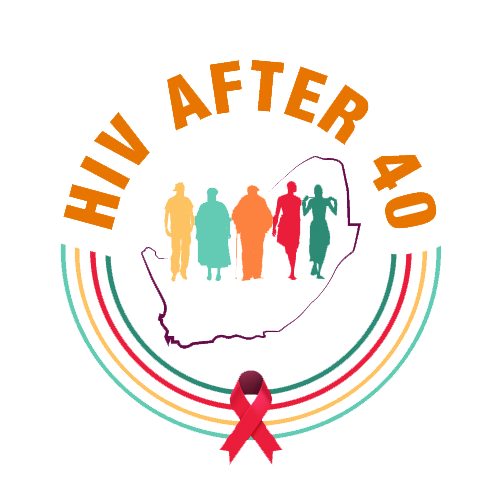At the beginning of our study, the AHDSS covered approximately 90,000 people in 16,000 households across 27 villages. The AHDSS provides a platform for research that examines individual and community health across the life course, focusing on the dynamics of health, population and social transitions, determinants of vulnerability and resilience, and examines the implications for policy, programs and services. The AHDSS conducts an annual household census that provides data on individual health and demographic events, including fertility, union status, migration, employment, education and mortality. Verbal autopsies determine the cause of death whether from AIDS, chronic or infectious diseases, or other causes. Household data provide key characterization of households and communities, such as household composition and socioeconomic status. Longitudinal individual data (including that of household members), and household data has been linked to the HIV/NCD survey and the Life History Interviews.
For information, see:
Kahn, Kathleen, Mark A Collinson, F. Xavier Gómez-Olivé, Obed Mokoena, Rhian Twine, Paul Mee, Sulaimon A Afolabi, Benjamin D Clark, Chodziwadziwa W Kabudula, Audrey Khosa, Simon Khoza, Mildred G Shabangu, Bernard Silaule, Jeffrey B Tibane, Ryan G Wagner, Michel L Garenne, Samuel J Clark, ad Stephen M Tollman (2012) Profile: Agincourt Health and Socio-demographic Surveillance System International Journal of Epidemiology, Volume 41(4): 988–1001
https://doi.org/10.1093/ije/dys115

